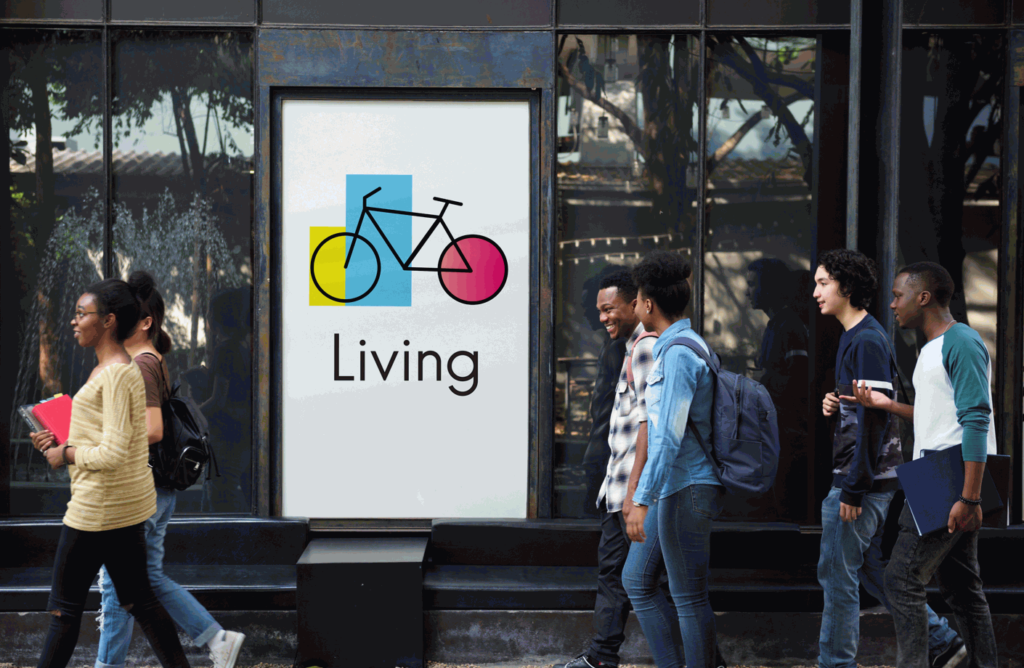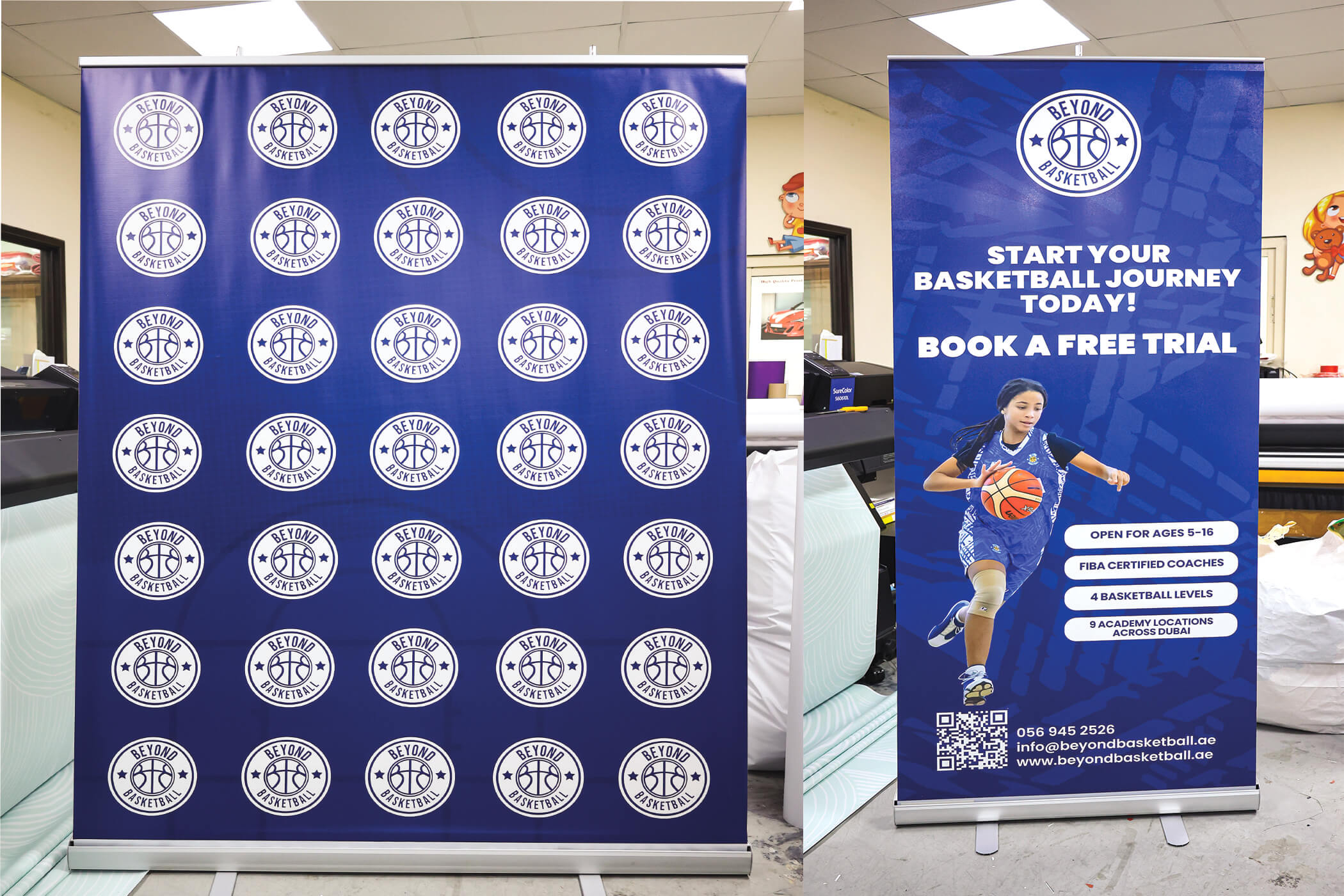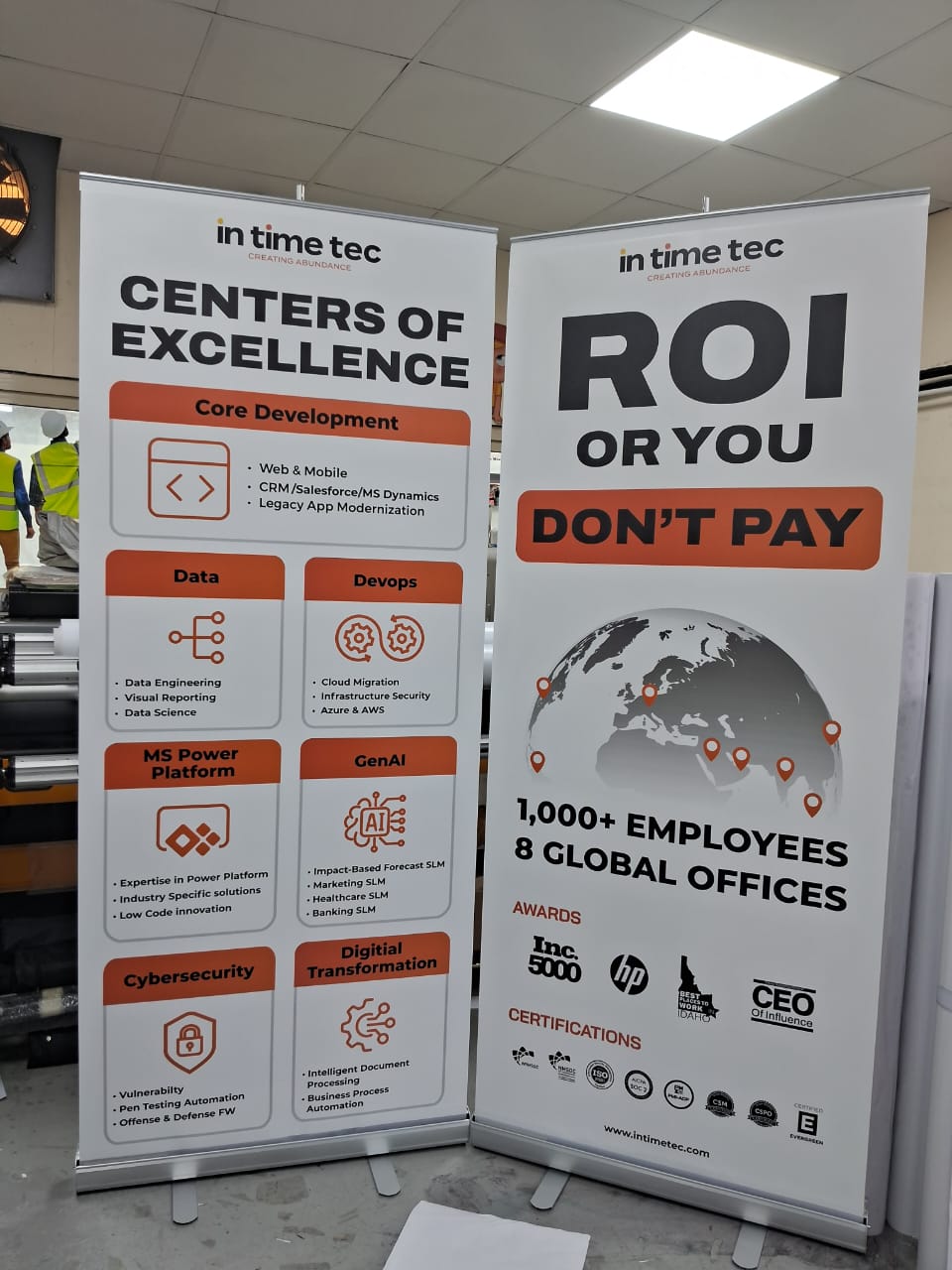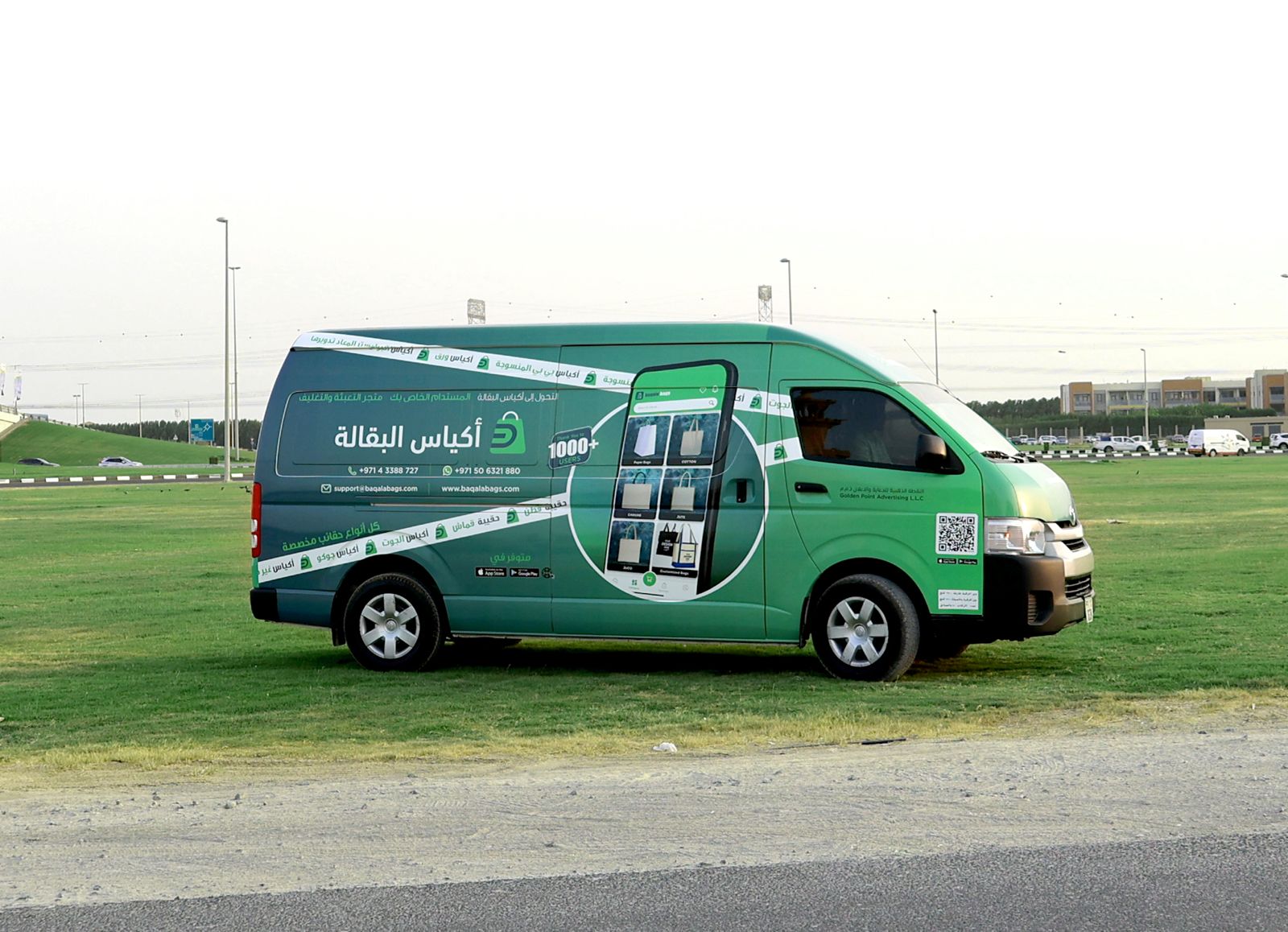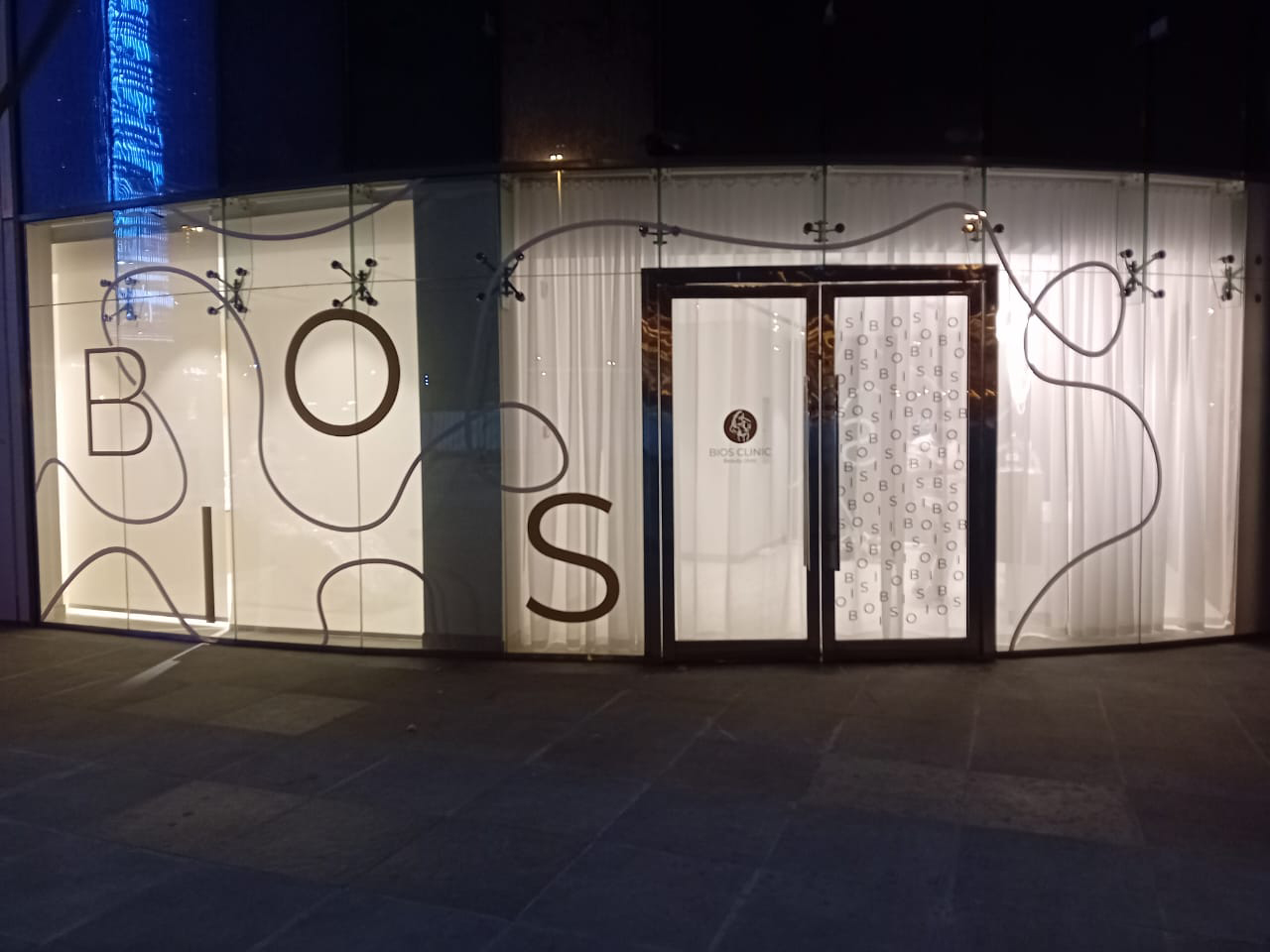
While planning your next campaign, it’s a good idea to create a banner design check list. This will help you keep track of all the elements you need to have a successful rollup banner. It can also save you time when you’re making the banner, as it will eliminate the need for multiple revisions. The following are some essential elements you should always consider when creating a banner design. Once you’ve created a design checklist, you can start the process of banner printing.
Color fidelity: The colors in your design should match the ones on the screen. While some designs can be made with bright, bold colors, others have more subtle colors and designs. Regardless of what kind of design you choose, make sure to match the colors of your brand with the colors of the banner. You can use any combination of these, but make sure it matches your marketing persona and identity. A quality banner design is an important investment for your business, so ensure it’s as high-quality as possible.
The artwork you submit should be accurate. CMYK color calibration can be a difficult task, but it’s essential for your banner to look its best. Generally, a 100-pixel-per-inch resolution is good enough. This means that you don’t have to worry about losing detail, and you can use a bright and subdued color scheme for the text. Just be sure that the colors of your artwork are compatible with your marketing persona and brand identity.
The artwork should follow a set of guidelines. Each printer will have a different set of guidelines. You can consult a layout template to see how your artwork should be set up. The bleed area is a critical setting for your artwork. If your artwork does not conform to the margins, it may not look professional. This bleed area must be a minimum of 5mm. Your graphics should be legible and clear, and your copy should read well.
When you’re ready to order your banners, remember to follow specific guidelines when designing your artwork. The size of your banner should be in line with your printer’s specifications. The color of your artwork should match the color of the paper. The weight of your banner should be in accordance with the requirements of your chosen printer. When designing your banner, remember to consider the style and feel of your target audience. You’ll need to consider their demographic to make a decision.
In addition to the size of your banner, you’ll need to know the format of the design. Word files are problematic, as they can’t be printed. They can’t be adjusted to match your printer’s specifications. Choosing the right format is also essential, as many printers use CMYK colors for their signs. It’s vital to follow the standards of your printer. You’ll need it for your marketing strategy, and your customers will notice you for your hard work.
